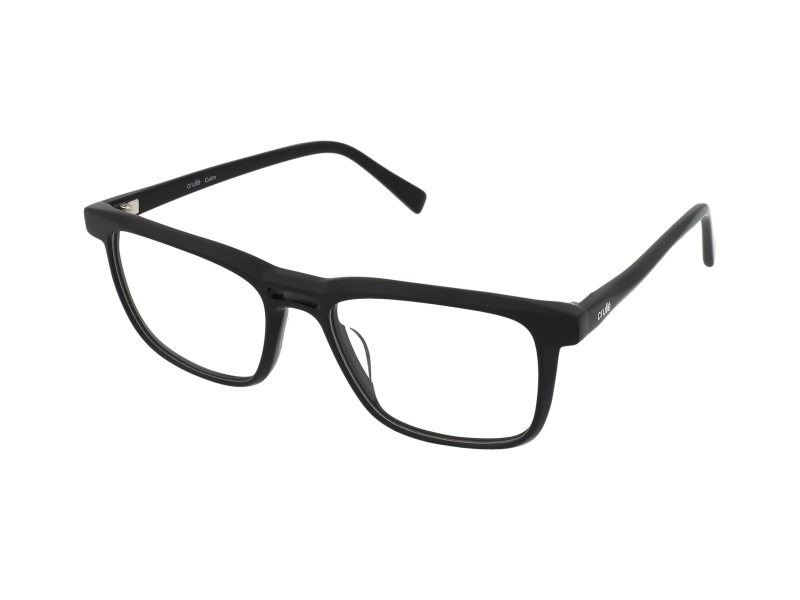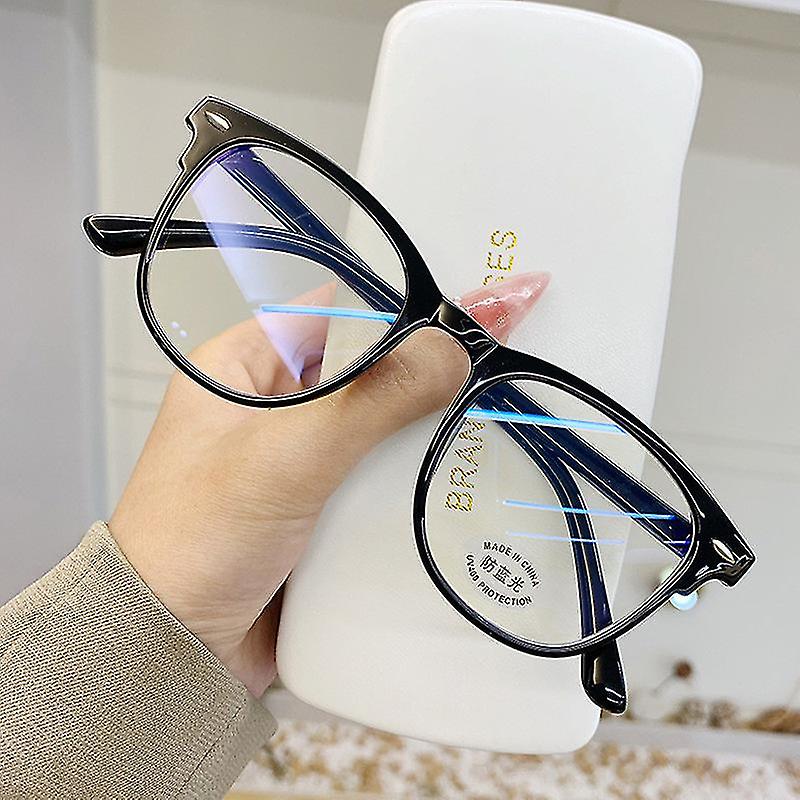As the digital age progresses, our reliance on computers and screens has significantly increased, leading to a surge in digital eye strain symptoms among users worldwide. Computer glasses have emerged as a practical solution to mitigate these symptoms, optimizing vision for screen use and protecting the eyes from harmful blue light. This article explores the benefits of computer glasses, how they work, key features to look for, and how to choose the right pair, providing readers with essential insights to combat digital eye strain effectively.
Understanding Digital Eye Strain
Recognizing the Symptoms
Digital eye strain, also known as Computer Vision Syndrome, encompasses a range of eye and vision-related problems resulting from prolonged computer, tablet, e-reader, and cellphone use. Common symptoms include headaches, blurred vision, dry eyes, neck and shoulder pain, and eye irritation. Recognizing these symptoms is the first step towards addressing and preventing further discomfort.
How Computer Glasses Help
Computer glasses are designed specifically to address digital eye strain. They help in several ways: by adjusting the focus slightly so that the eyes feel more comfortable viewing a digital screen, by incorporating anti-reflective coatings to reduce glare, and by filtering out blue light that can lead to eye fatigue. By mitigating these factors, computer glasses can significantly reduce symptoms of digital eye strain.

Key Features of Computer Glasses
Blue Light Filtering Technology
One of the standout features of computer glasses is the blue light filtering technology. Digital screens emit blue light, which can cause eye strain and disrupt sleep patterns. Computer glasses with blue light filter lenses block or absorb a portion of this blue light, reducing exposure and its associated risks. When choosing computer glasses, consider the level of blue light protection offered, as this can vary between products.
Lens Coatings and Tints
Beyond blue light filtering, the effectiveness of computer glasses is enhanced by lens coatings and tints that improve visual clarity and comfort. Anti-reflective (AR) coatings are crucial as they minimize glare from screens and ambient light, reducing eye strain. Some glasses also come with a slight tint designed to increase contrast and ease the strain on the eyes further. These features together ensure clear, comfortable vision during extended screen use.

Choosing the Right Pair
Assessing Your Needs
When selecting computer glasses, start by assessing your screen usage patterns and the severity of your eye strain symptoms. If you spend long hours in front of a computer for work or gaming, you might benefit from glasses with a higher level of blue light protection. Also, consider whether you need glasses for computer use only or if you require prescription lenses that can also be equipped with blue light filtering and AR coatings.
Style and Comfort
Function shouldn’t be the only factor in choosing computer glasses; style and comfort are equally important. Look for frames that match your personal style and are comfortable to wear for extended periods. Adjustable features, lightweight materials, and the overall fit can significantly impact your comfort levels. Ensuring your glasses are both practical and stylish will encourage consistent use, providing better protection against digital eye strain.

Maximizing the Benefits
Integrating Computer Glasses into Daily Routine
To fully benefit from computer glasses, make them an integral part of your daily routine. Wear them consistently while using digital devices to help mitigate the symptoms of digital eye strain. It’s also beneficial to combine the use of computer glasses with other eye strain reduction strategies, such as following the 20-20-20 rule — every 20 minutes, take a 20-second break to look at something 20 feet away.
Regular Eye Exams and Adjustments
Finally, regular eye exams are crucial for anyone using computer glasses, especially if you have a prescription. These exams ensure your glasses are correctly suited to your vision needs and allow you to make adjustments as required. Remember, computer glasses are a tool to help manage digital eye strain, but maintaining overall eye health through regular check-ups is critical.

Personalizing Your Computer Glasses
Finding the Perfect Fit
The effectiveness of your computer glasses also hinges on finding the right fit. Ill-fitting glasses can slip off or pinch, causing discomfort that distracts from their primary function. Ensure that your glasses have a snug fit around the bridge of your nose and that the arms rest comfortably over your ears. Some models offer adjustable nose pads and temple tips, allowing for a personalized fit that stays comfortable throughout the day.
Opt for Prescription Options if Necessary
For individuals with corrective vision needs, prescription computer glasses are available and can be tailored to individual prescriptions. Consult with your eye care professional to determine the correct prescription level for your computer glasses. This ensures that you do not sacrifice visual clarity for comfort and that your glasses serve to both correct your vision and protect your eyes from screen-related strain.

Maintenance and Care for Longevity
Cleaning and Storage
To maintain the quality and clarity of your computer glasses, proper care is imperative. Use a microfiber cloth and lens cleaning solution to keep the lenses dirt-free and prevent scratches. Avoid using abrasive materials that can damage the lens coatings. Store your glasses in a protective case when not in use to safeguard them from accidental damage. This will ensure your computer glasses remain in top condition, providing clear vision and lasting eye protection.
Embracing a Comprehensive Approach to Eye Health
Combining Tools and Healthy Habits
While computer glasses form a central part of managing digital eye strain, they work best when paired with healthy screen habits. Remember to adjust screen brightness, contrast, and text size to comfortable levels. Maintain an ergonomic workspace to prevent neck and shoulder strain, and ensure your screen is at an appropriate distance and height to avoid posture-related discomfort. Regular breaks, proper lighting, and hydration also play a role in minimizing digital eye strain.
The Importance of Professional Guidance
Since eye health is individual and changes with time, periodic consultations with an eye care professional are invaluable. They can provide updated recommendations based on the latest research and your current eye health status. They also offer guidance on the most suitable types and configurations of computer glasses based on your habits and specific needs.
In conclusion, computer glasses offer a valuable solution for combating digital eye strain in the digital age. By understanding the benefits, key features, and how to choose the right pair, individuals can significantly reduce discomfort associated with prolonged screen use. Remember to integrate computer glasses into your daily routine and combine their use with other eye care practices to maximize their benefits. Choosing the right pair of computer glasses can not only enhance visual comfort but also improve overall productivity and well-being in our digitally-driven lives.
